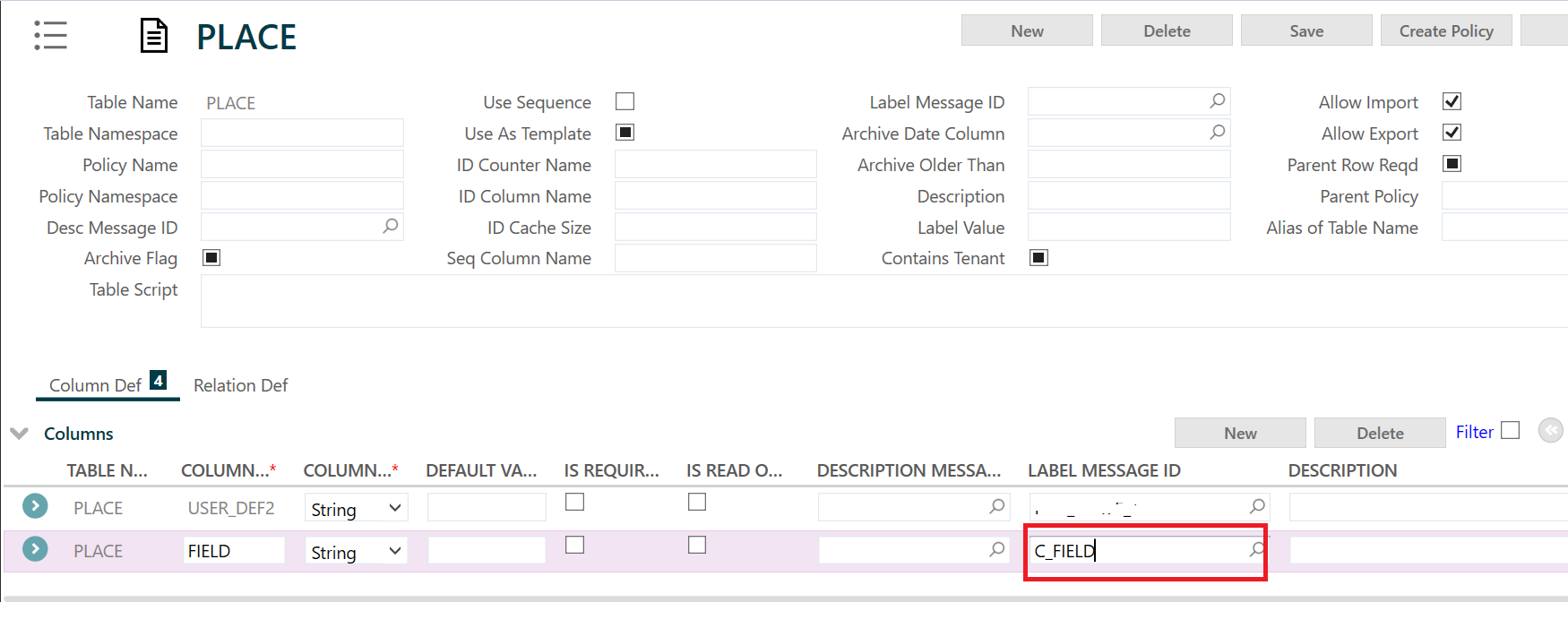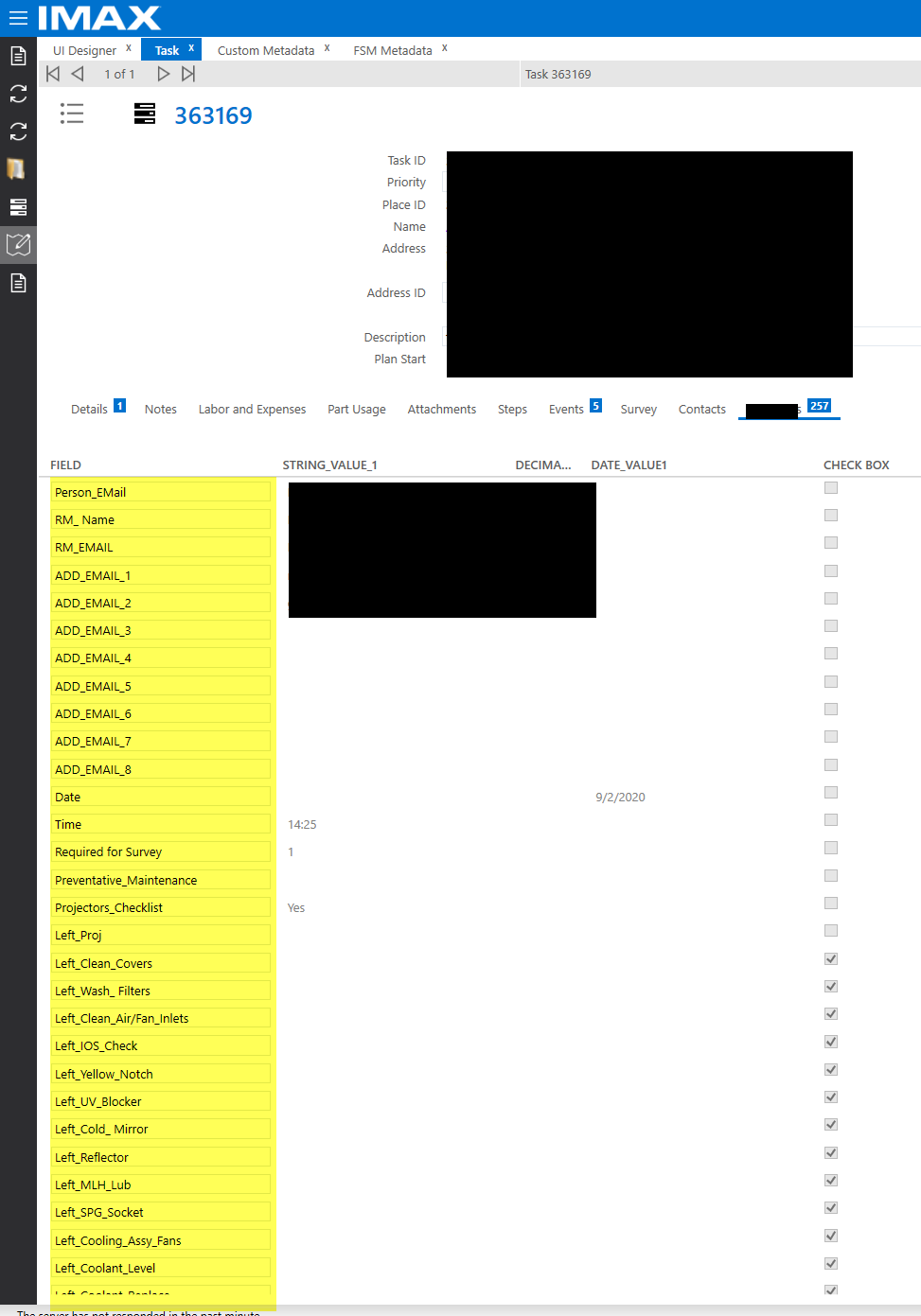I have Create a Custom Table that will be receiving data from an External System.
in the Table has 3 columns (task_id, field, Value) for the field it will have a value like “Person_Email”
This table will be added to the task Screen as a new tab as a list view
I don’t want to display the column “field” but would like to display a description instead “Person Email”. I was hoping that i could use the message translation to manage this as there maybe a future requirement to have these discriptions displayed in the users languge instead of one fixed value.
If the message translation is not the right place then i dont mind creating another table to manage the Field Value, language and Description as long as i can display the Description as a field.
Does anyone have a suggestion on how this might be possible?
Thanks,
Graeme









